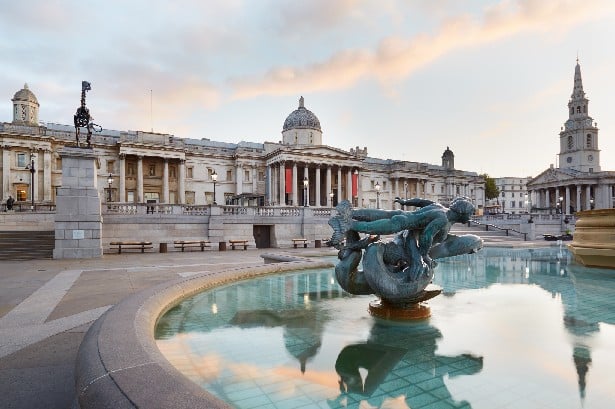This Day, That Year – May 10
Wed 10 May 2023
This day in history we feature National Gallery. An art museum in Trafalgar Square in the City of Westminster, in Central London opens to the public on this day in 1824.
Trivia – National Gallery
The National Gallery houses a collection of over 2,300 paintings dating from the mid-13th century to 1900. The current Director of the National Gallery is Gabriele Finaldi. The National Gallery is an exempt charity, and a non-departmental public body of the Department for Digital, Culture, Media and Sport. Its collection belongs to the government on behalf of the British public, and entry to the main collection is free of charge.
Related read – Museum of the Future shines 49 lights on National Day
Unlike comparable museums in continental Europe, the National Gallery was not formed by nationalising an existing royal or princely art collection. It came into being when the British government bought 38 paintings from the heirs of John Julius Angerstein in 1824. After that initial purchase, the Gallery was shaped mainly by its early directors, especially Charles Lock Eastlake, and by private donations, which now account for two-thirds of the collection. The collection is smaller than many European national galleries, but encyclopaedic in scope; most major developments in Western painting “from Giotto to Cézanne” are represented with important works. It used to be claimed that this was one of the few national galleries that had all its works on permanent exhibition, but this is no longer the case. The present building, the third site to house the National Gallery, was designed by William Wilkins. Building took from 1832 to 1838, when it opened. Only the facade onto Trafalgar Square remains essentially unchanged from this time, as the building has been expanded piecemeal throughout its history. Wilkins’s building was often criticised for the perceived weaknesses of its design and for its lack of space; the latter problem led to the establishment of the Tate Gallery for British art in 1897. The Sainsbury Wing, a 1991 extension to the west by Robert Venturi and Denise Scott Brown, is a significant example of Postmodernist architecture in Britain.
Source – Wikipedia

 May 11 2024
May 11 2024












